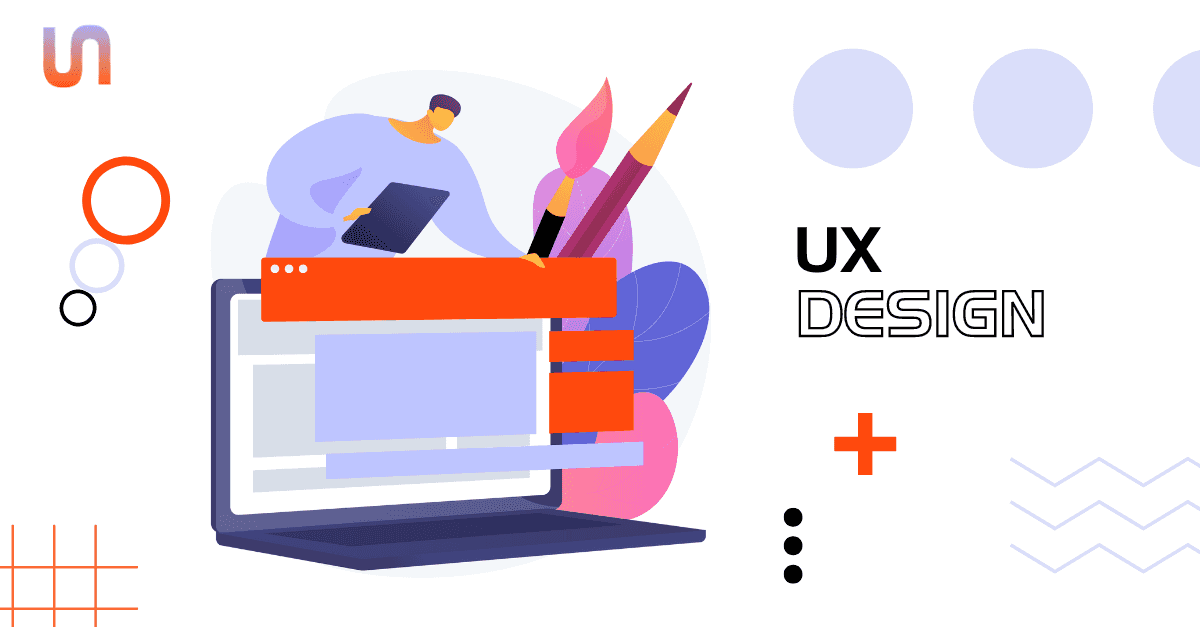UI/UX design trends tech companies should prepare for
A good user experience (UX) is incredibly important to ensure that a technical product or service can successfully establish itself in the market.

Table of content
A good user experience (UX) is incredibly important to ensure that a technical product or service can successfully establish itself on the market. Often, a good UX depends heavily on the user interface of a website or app. If the UI is not engaging and easy to use for the average customer, there are clear deficiencies in this area.
The principles and trends of UX and user interface (UI) design change year after year as technology evolves. Moreover, they are increasingly intertwined. But what does this mean for the industry and what trends should companies already be keeping an eye on? We have current trends that are integral to the future of UX and UI design.
Simplicity
Less is more - this is the essence of UI/UX in the current design thinking landscape. Users prefer consumer-level simplicity. Product and technology companies are also already focusing on redefining design. UI and UX are no longer two separate design components, but are collectively referred to as "product design." After all, a well-designed product remains inferior if the user experience is compromised.
User Tutorials
Tech developers will increasingly include user onboarding and advanced tutorials in their products or services. Many plug-ins already use a comprehensive tutorial in the user interface. Companies can prepare for this process by asking existing customers what they would like to know or what they wish they had known when they installed the software. It's also important to note here that ongoing customer communication is the cornerstone of good UI/UX design.
Hyperpersonalization
There is a huge demand for highly specific personalization. Personalizations in web-based and mobile interfaces are absolutely trending. Social media and the so-called "Amazonization" of society plays a key role here. Companies need to be able to provide interfaces that are a seamless blend of cultured, personalized resources in every facet of business communications.
Intuitive User Interfaces
User interfaces should be simple and features should be quick as well as easy to find. The best products do not require lengthy explanations and training. User interfaces should be completely intuitive and encourage users to try new features. They should not be afraid of breaking anything in the process. The most common and simple tasks should be accessible to everyone and complexity in less frequently used tasks should be cleverly hidden.
Low-code Tools
The continued evolution of low-code technology will drive the democratization of UI and UX design. Here, less technically savvy users will be enabled to manipulate data and solve their own technical challenges via low-code interfaces and visual interfaces. This allows companies to remove the barrier of coding requirements for a variety of important processes and accelerate the pace of innovation. This makes low-code tools one of the most important resources from UI/UX design.
Passwordless Login
Passwords and extensive as well as complicated and lengthy logins on each platform are a real thorn in the side for users. Users want a secure way to access products without having to remember a million passwords. Changing passwords on a regular basis and the never-ending process of password recovery is also not an ideal solution for users. According to surveys, almost 90% of all users do not want to create accounts with separate passwords to log in to individual applications. The future will have to find more secure ways to break this barrier.
AI-powered Design
AI-assisted tools are also becoming increasingly important in the area of design. Artificial intelligence will be able to quickly and accurately create user-friendly designs. Modern design tools will then allow UI/UX designers to focus on the big picture, rather than simply creating a clean, interactive design. The result will bring together the best of both worlds and optimize platforms across the board.
Platform-centric Approaches
Modern design solutions also require a serious rethink by engineering teams. That's because the traditional retrofitting of users into an omnichannel experience - and thus reducing maintenance costs by deploying a responsive user interface - is long outdated. Enterprises, and hardware teams in particular, increasingly need to prepare for a platform-centric approach to each area. This will enable automated deployment pipelines for application builds and provide users with rapid solutions from a single source.
Contact us
Do you have a question? Just write us a message. We will get back to you as soon as possible.
